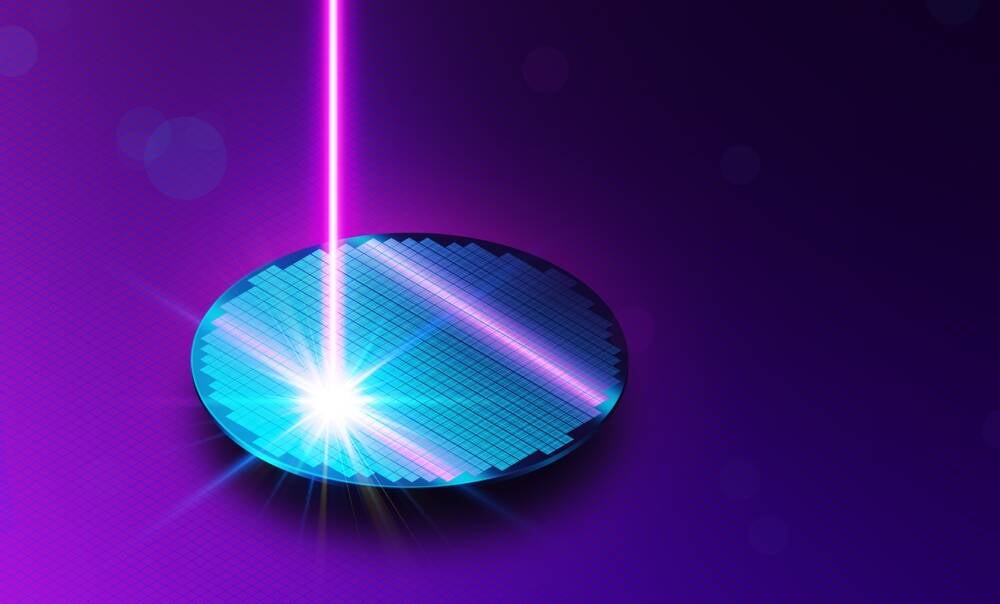Intel Starts Mass Production On Intel 4 Node Using EUV In Irish Fab

Intel is preparing to kickstart high-volume manufacturing at its plant in Leixlip, Ireland with the Intel 4 process, its first production node using extreme ultraviolet (EUV) lithography.
The Santa Clara chip biz is holding an event on Friday with CEO Pat Gelsinger and others such as Keyvan Esfarjani, chief global operations officer, to mark the official arrival of Intel 4 at its Irish facility, which will be used to make chips such as the upcoming Meteor Lake PC processors.
However, the company claimed the new manufacturing tech also ushers in "a future of other Intel products," including processors to boost artificial intelligence and improved server chips to drive datacenters. Additionally, Intel claimed the introduction of Intel 4 keeps the company on track to deliver five nodes in four years and "regain process leadership by 2025."
18 months of design and construction just to prep building to house the kit
Although development and early manufacturing of Intel 4 was performed at Intel sites in Oregon, the Leixlip fabrication plant is the company's first high-volume manufacturing location for this production node. Intel said it has spent €17 billion ($18.5 billion USD) on doubling the available manufacturing space at the site over the past several years.
The chipmaker previously said that Intel 4 will allow it deliver a 20 percent improvement in performance-per-watt over products manufactured with Intel 7, which despite the name is a 10nm process with Intel's Enhanced SuperFin transistors.
Intel 4 is made possible by EUV lithography technology, the company said. This is because EUV equipment is capable of defining chip features smaller and more precisely than previous kit using deep ultraviolet lithography (DUV). By using 13.5 nanometre wavelength light, Intel said it can make smaller features and cut down on the number of overall manufacturing steps required.
- Intel facing worker shortage for German chip plant
- Intel aims to patch semiconductor skills gap with one-year cert program
- European Commission hits Intel with new fine over antitrust findings
- Intel CTO suggests using AI to port CUDA code to – surprise! – Intel chips
EUV lithography gear is currently produced by just one manufacturer, ASML, and Intel announced the first delivery of kit from the Dutch company to fit out its Leixlip plant last year.
Intel described it at the time as "arguably the most complicated piece of machinery humans have ever built," with 100,000 parts, 3,000 cables, 40,000 bolts and more than a mile of hosing, and said it took 18 months of design and construction activity to prepare the building to receive the machine.
Other semiconductor manufacturers such as Taiwan's TSMC have had EUV machines for some time. However, the world's largest foundry operator recently said it was putting a halt on further deliveries of some advanced chipmaking equipment in the face of uncertain market conditions.
Gartner's Alan Priestley, vice president analyst at its Emerging Technologies and Trends unit, commented: "When a fab uses EUV isn't really the issue, it's the ability to produce a given node in high volume [that is important]. If this can be done without EUV, that doesn't imply a vendor is behind another that uses EUV. "So, yes, TSMC may have used EUV on an earlier generation tech than Intel but [that] doesn't necessarily mean Intel is behind in its ability to deliver a given node. Moving forward, new nodes will need EUV and the upcoming NA-EUV." ®
From Chip War To Cloud War: The Next Frontier In Global Tech Competition
The global chip war, characterized by intense competition among nations and corporations for supremacy in semiconductor ... Read more
The High Stakes Of Tech Regulation: Security Risks And Market Dynamics
The influence of tech giants in the global economy continues to grow, raising crucial questions about how to balance sec... Read more
The Tyranny Of Instagram Interiors: Why It's Time To Break Free From Algorithm-Driven Aesthetics
Instagram has become a dominant force in shaping interior design trends, offering a seemingly endless stream of inspirat... Read more
The Data Crunch In AI: Strategies For Sustainability
Exploring solutions to the imminent exhaustion of internet data for AI training.As the artificial intelligence (AI) indu... Read more
Google Abandons Four-Year Effort To Remove Cookies From Chrome Browser
After four years of dedicated effort, Google has decided to abandon its plan to remove third-party cookies from its Chro... Read more
LinkedIn Embraces AI And Gamification To Drive User Engagement And Revenue
In an effort to tackle slowing revenue growth and enhance user engagement, LinkedIn is turning to artificial intelligenc... Read more

